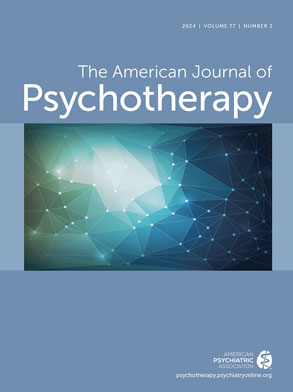Frank M. Dattilio: Cognitive-Behavioral Therapy with Couples and Families: A Comprehensive Guide for Clinicians. New York: The Guilford Press, 2010, 282 pp., $35.00, ISBN 978-1-60623-453-2.
Although a vast majority of books have been published on Cognitive-Behavioral Therapy (CBT) with couples and families, very few, if any, have provided a volume so rich and comprehensive with techniques focused on clinical practice as Cognitive-Behavioral Therapy with Couples and Families: A Comprehensive Guide for Clinicians by Frank Dattilio. This book offers an updated review of CBT literature focusing on family systems theory, attachment, schemas in relationships, neurobiology, methods of clinical assessment, and counseling techniques. Frank M. Dattilio is regarded as one of the leading experts in the field of CBT and couple and family therapy providing more than 250 professional publications in the area of couple and family problems, anxiety, and behavioral disorders. In addition, Frank Dattilio’s work has been translated into more than 27 languages and used in over 80 countries.
The application of CBT to couples and families is immediately made apparent to the readers in the beginning of the book with evidence showing the effectiveness of CBT to various client populations. Additional strengths of the book include Chapter 3 (The Schema Component in CBT), Chapter 5 (Methods of Clinical Assessment), Chapter 6 (Cognitive-Behavioral Techniques), and Chapter 7 (Special Topics). For example, Chapter 3 introduces Jeffery Young’s theory of Schema Therapy that is broken down into four levels: 1) early maladaptive schemas 2) schema maintenance 3) schema avoidance and 4) schema compensation. These four levels of schema are useful for clinicians working with clients that have a chronic disturbance or a personality disorder. Hence, this chapter provides a strong emphasis on schema identification and schema restructuring. Chapter 5 outlines all the major components associated with a clinical assessment such as the interview process, building rapport, useful inventories and questionnaires (e.g., the Family Environment Scale) for couples and families, genograms, structured family interactions, behavioral observations of the family dynamics, assessment of cognitions (e.g., Socratic questioning), targeting maladaptive behaviors, and assessing a families motivation to change, to name a few. Within each section of Chapter 5, the author presents sufficient case materials to provide a hands-on approach for working with dysfunctional relationships. Chapter 6 provides clinicians with specific CBT skills that are clear and basic and could be used by both beginning and seasoned professionals. The interventions discussed include communication training (e.g., verbal and non-verbal), the pad-and-pencil technique, assertiveness training, the downward-arrow questioning technique, and rehearsing problematic issues. In addition, Chapter 6 tackles the concept of overcoming resistance in therapy. Previous research has shown that resistance may be challenging for both the clinician and the family. Therefore, the author describes strategies to handle the clinicians own resistance, the expectations about the therapeutic process, cultural obstacles, and racial concerns. Finally, Chapter 7 discusses the use of CBT with special populations, making the book very detailed and widely pertinent. Specific topics addressed include divorce, cultural sensitivity, depression, personality disorders, extramarital affairs, domestic abuse, substance abuse, same-sex couples and their children, cotherapy with couples and families, and crisis intervention.
The case examples provided throughout the book strengthen it. The case examples are culturally diverse, appealing, integrative, and accommodating. For instance, they offer different ways to deal with couple and family conflicts, placing a particular emphasis on emotional regulation and CBT theory. In general, the collection of case examples are stimulating, and they present a great way to think critically about different clinical situations and to address specific techniques that may be useful with challenging couples and families.
This book is an excellent resource for students and clinicians wanting to learn more about the effectiveness of CBT with couples and families. For example, the role of emotions in CBT is extensively examined and researched and offer specific skills when working in the therapeutic arena. The interventions are insightful and add to the uniqueness of this book. The author has made significant strides toward providing a toolbox of resources and helping clinicians conceptualize client issues.

